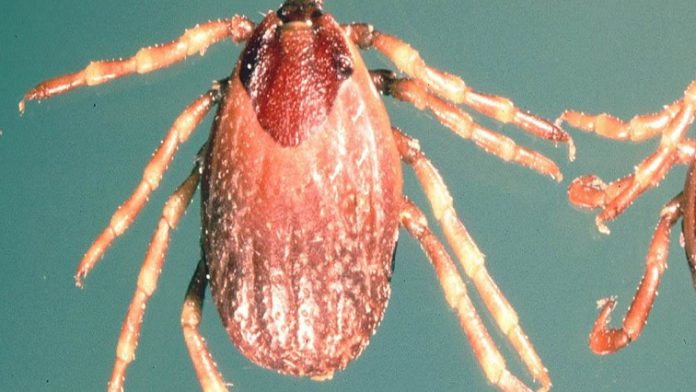Namibia’s Health Ministry has announced the declaration of an outbreak of Crimean-Congo haemorrhagic fever (CCHF) after the death of an individual in the capital city of Windhoek.
The patient, initially treated at a clinic in Gobabis on May 16, was later transferred to Windhoek Central Hospital, where they passed away on May 18.
Laboratory tests subsequently confirmed the presence of CCHF, a tick-borne virus that can also be transmitted through close contact with infected animal blood or bodily fluids.
According to the World Health Organization, the fatality rate of CCHF ranges from 10% to 40%.
To prevent further transmission, the Namibian government has activated health emergency committees and is closely monitoring all individuals who had contact with the deceased in Gobabis and Windhoek. Among the 27 contacts identified so far, 24 are health workers.
Symptoms of CCHF include fever, muscle ache, dizziness, light sensitivity, vomiting, and can progress to organ failure and internal bleeding.
The virus was initially detected in Crimea in 1944 and is endemic in Africa, the Balkans, the Middle East, and some parts of Asia.
Although recent outbreaks of CCHF in Africa have been relatively limited, Senegal reported a single case in April.
This marks the sixth CCHF outbreak in Namibia since 2016, resulting in a total of three deaths, as reported by the country’s health ministry.
As the situation unfolds, the government remains committed to containing the spread of the virus and safeguarding public health.










